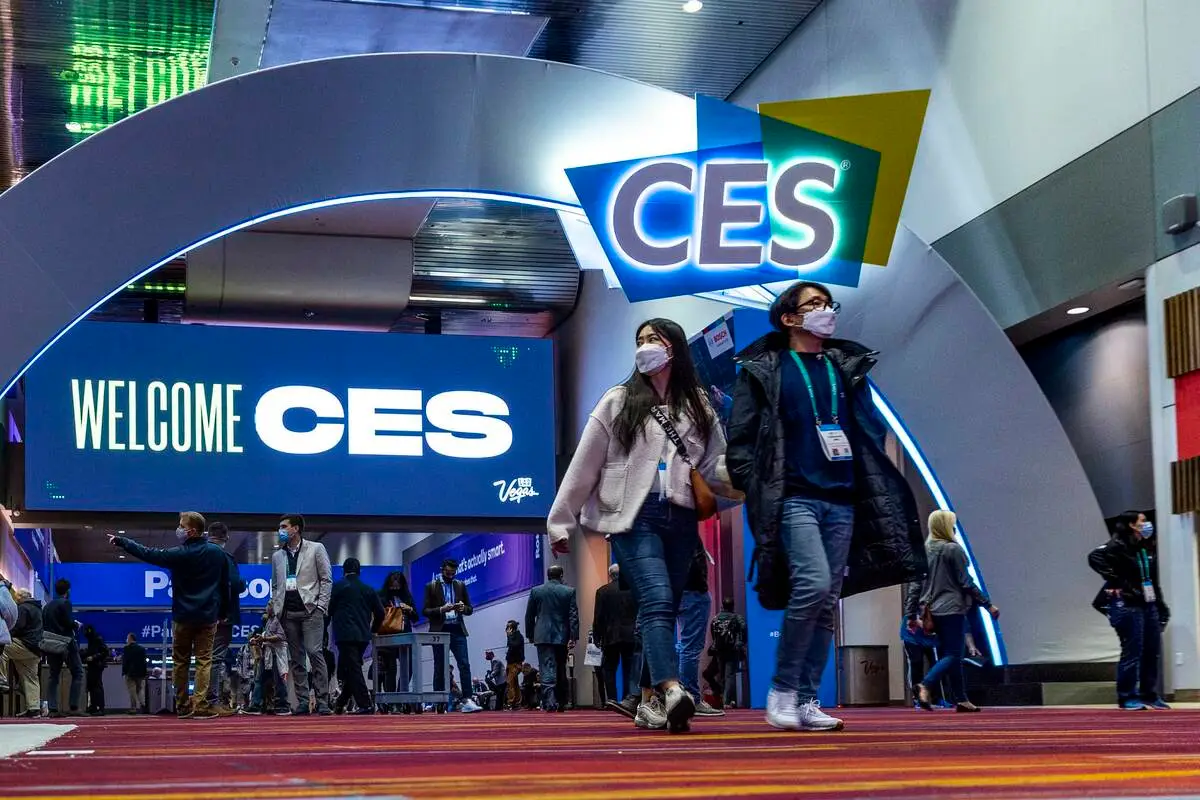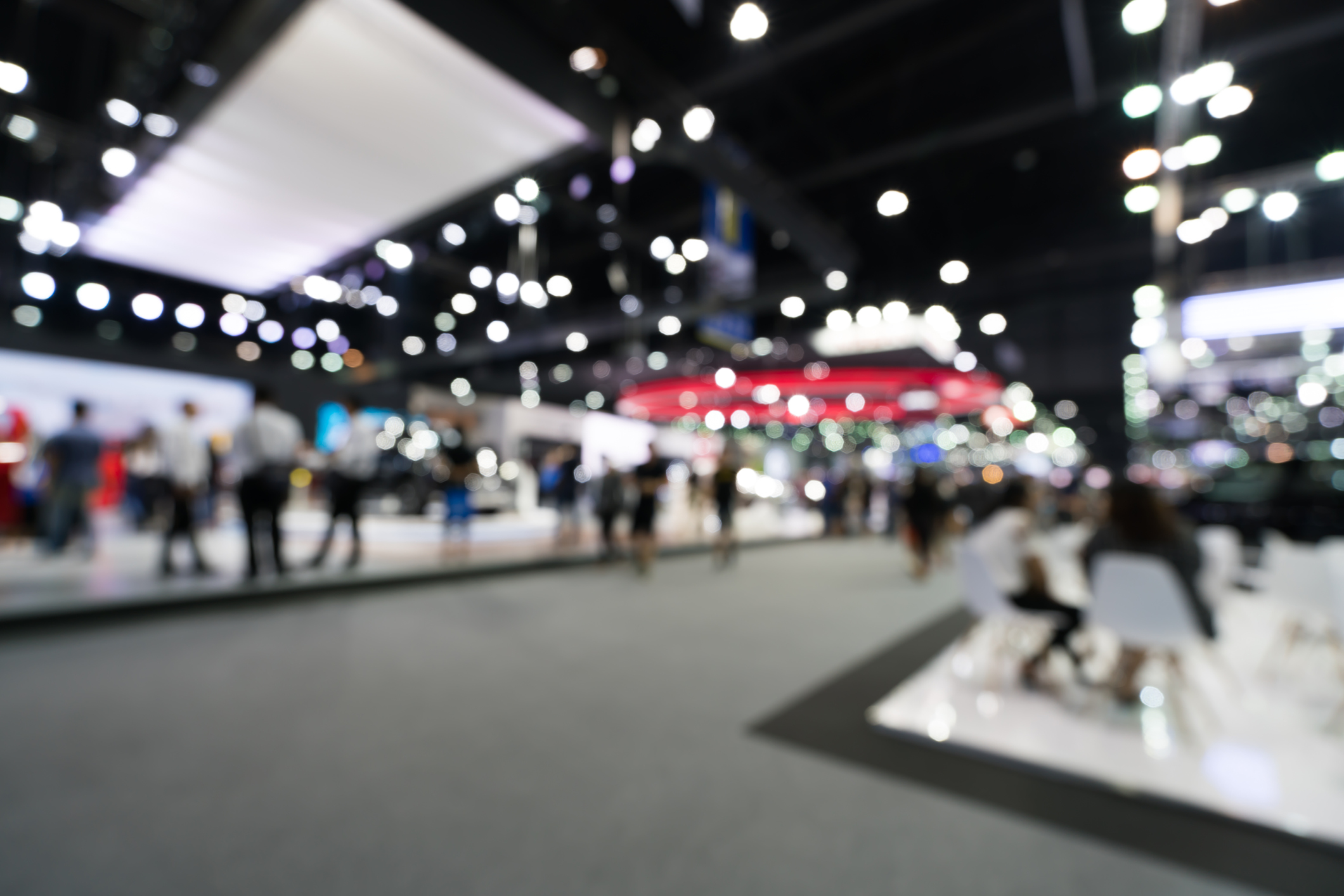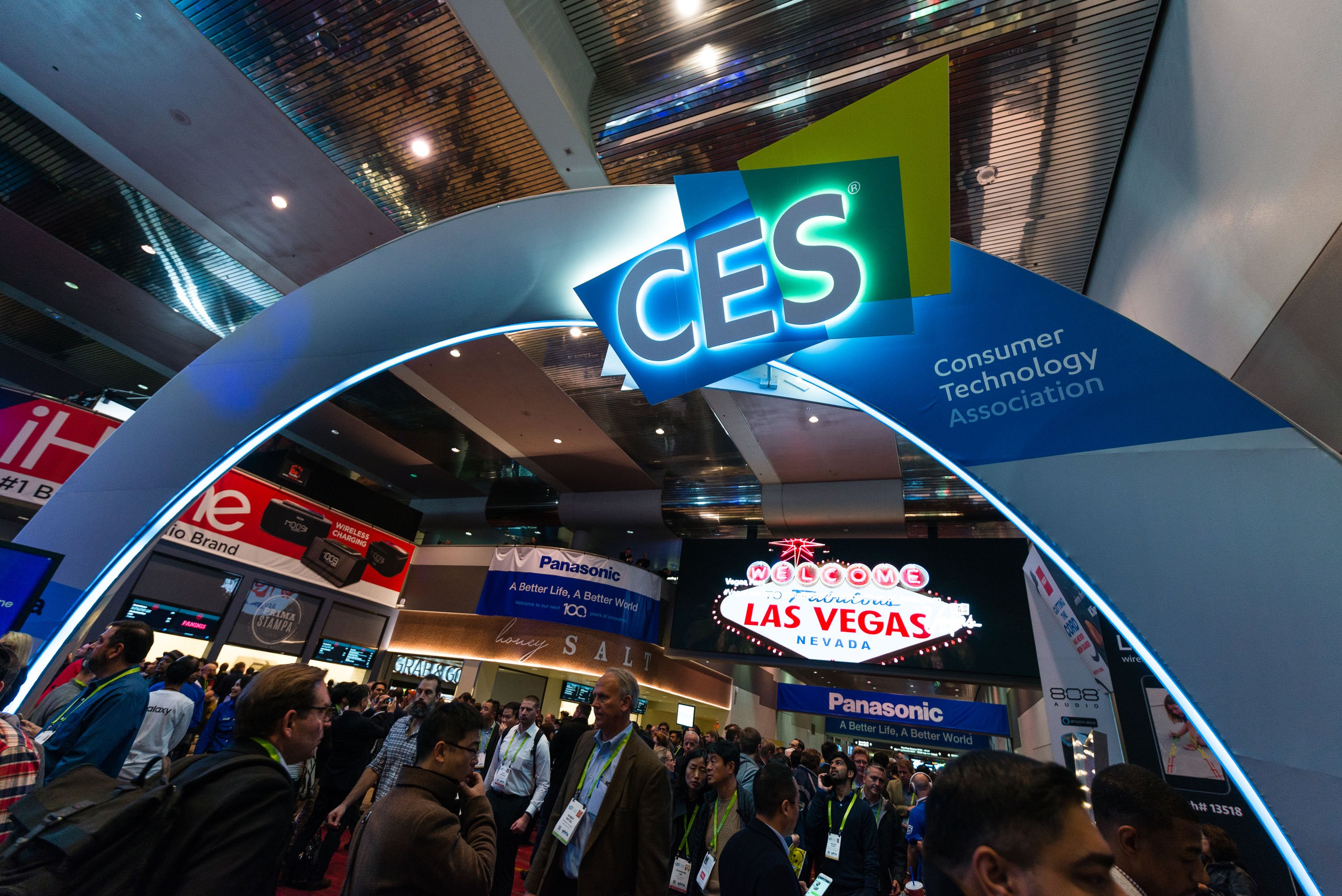Just a few short years ago, health and fitness gadgets were a relative rarity at CES. Now, CES has an entire exhibit hall devoted to the ever-expanding universe of workout, wellness, and activity-tracking gear.
Traditionally, this category of technology has largely been defined by smartwatches, fitness trackers, and the occasional $30,000 massage chair. While all those items were still in the mix this year, the “Digital Health” showcase at the Sands went above and beyond those gadgets. Here are some of the highlights and trends from the health and wellness category at CES 2019.
1. A gadget built for every sport. If there was a running theme at this year’s show, it’s that running is no longer the sole focus of the tech world. There were plenty of creative (and crazy) gadgets engineered to improving your skills or track progress in nearly every sport. The most ambitious of them was the Sense Arena ice-hockey platform, a system consisting of a stick-mounted motion sensor and a VR application that provides an immersive, rink-free way of practicing your puck-handling. There were also tech-enhanced batting cages, driving ranges, and even kettlebells to help you track and optimize your training sessions. No matter how you like to stay in shape, the coming years will see a slew of gadgets built specifically for your favorite activity.
2. Dawn of the eye-phone. While the vast majority of health and fitness products at the show were geared toward tracking your activity, a few provided convenient alternatives to traditional healthcare routines. The one that really stood out was EyeQue, a sub-$100 vision-test kit that replaces the analog eye charts in your doctor’s office with similar patterns on your smartphone screen. The full EyeQue kit includes special frames that gauge your interpupillary distance when you take a selfie, a loupe that attaches to your phone screen for individual eye tests, and a VR-like attachment for testing both eyes. After you do the tests, the EyeQue app provides accurate prescription numbers for your glasses. According to EyeQue representatives at the booth, the goal of the technology is to make eye exams -- and the resulting prescription glasses -- more affordable and accessible to anyone who may not be able to visit the optometrist easily.
3. The science of sleep. There was a flying car at CES this year, but the future won’t really be here until we can record our dreams. Unfortunately, a dream DVR was nowhere to be found at CES 2019, but there was no shortage of sleep-related tech. The surge in dozy gear was an eye-opener, as the usual assortment of sensor-driven sleep trackers was joined by significantly weirder stuff. Does your partner keep you awake with loud snoring? There’s a pillow and an eye mask for that. Not feeling refreshed when you wake up? There’s a peculiar-looking headband for that. Wish you could literally sleep like a baby? There’s a rocking bed for that. While some of this gear was dubious, there are good reasons for the boom in naptime gadgets: One in three adults in the U.S. gets less than six hours of sleep every night, and no snooze is bad news.
Want to learn more about the trends coming from this year's CES? Head on over to Airfoil’s CES 2019 insights page to get news, photos, and videos from the show floor in Las Vegas!





